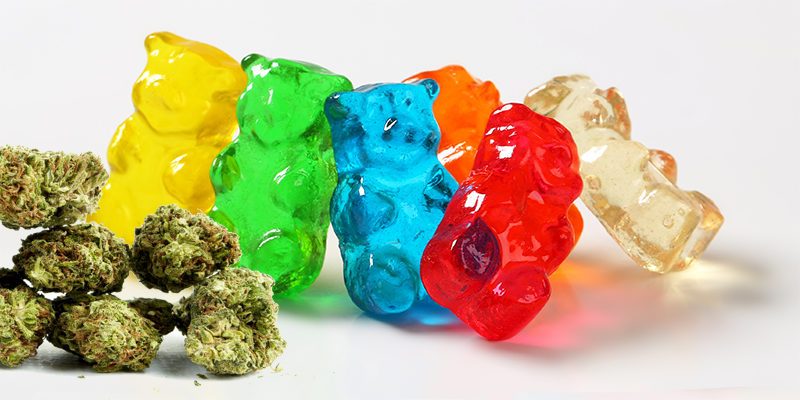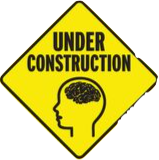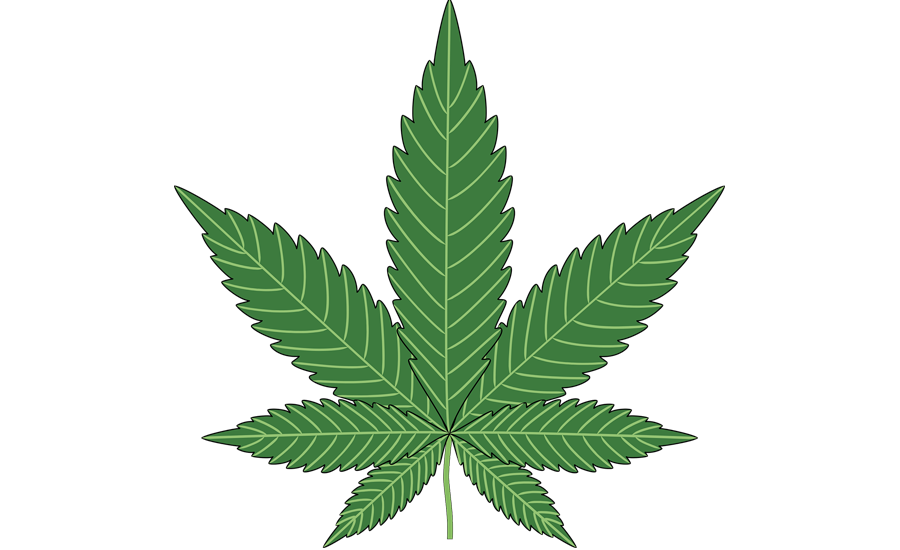Marijuana
As more and more states (and countries!) legalize medicinal and recreational use of marijuana, it becomes easier to dismiss the risks associated with marijuana usage. In fact, most teens do not believe that using marijuana is risky, and teen’s perception of marijuana risk has been dropping steeply since the mid-2000s. Not surprisingly, marijuana is the drug most widely used by teens according to Monitoring the Future, a long term study of substance use conducted by the National Institute on Drug Abuse.
While most parents who responded to NCUFY’s parent survey indicated that they believed teen marijuana usage is risky, our student surveys have shown that as our teens age they become less likely to think their parents would disapprove of marijuana usage. And by the later high school years, only a third of our students think their peers would disapprove of their marijuana use.
Why are these trends reason for concern? Isn’t marijuana a “safe” drug? There are many reasons for parents to talk to their children about marijuana and to encourage them not to use marijuana because of its impact on the adolescent brain.
Today’s marijuana is more potent
For many reasons, the THC content of today’s marijuana is higher than it was in the 1970s and 1980s. As the marijuana industry has grown, knowledge about what was responsible for the high also grew as did the the ability to refine the marijuana product to include only those portions of the plant with high THC. These factors have resulted in the doubling of the THC content in tested confiscated marijuana samples from roughly 3.7% in the early 1990s to 9.6% in 2013.
Marijuana usage culture has also changed in that time frame. In addition to smoking the dried leaves of the cannabis plant, today’s marijuana users are also smoking, vaping or ingesting marijuana resins, oils and other extracts. The average marijuana extract has a THC content over 50%, with some as high as 80%.
https://archives.drugabuse.gov/rise-in-marijuanas-thc-levels
Today’s marijuana is easier to access and more appealing
 Our teens have learned that smoking is bad for your health. But you no longer have to smoke to get high on marijuana. Today’s marijuana can be used in a whole host of ways, some of which are designed to get a stronger or more long lasting high. Marijuana users can vape, dab (inhaling a vapor from a wax marijuana extract), or eat a variety of tasty treats like gummy bears, chocolate or baked goods containing marijuana oil.
Our teens have learned that smoking is bad for your health. But you no longer have to smoke to get high on marijuana. Today’s marijuana can be used in a whole host of ways, some of which are designed to get a stronger or more long lasting high. Marijuana users can vape, dab (inhaling a vapor from a wax marijuana extract), or eat a variety of tasty treats like gummy bears, chocolate or baked goods containing marijuana oil.
These new ways of consumption can lead to an increased risk of marijuana overdose. Because it takes longer to feel the effects of THC consumed in an edible, users can end up consuming high quantities of THC perhaps because they believe the drug is not working. Overdose symptoms can include hallucinations, panic attacks, psychotic episodes and paranoia.
https://drugfree.org/parent-blog/ways-marijuana-used-parents-guide/
https://www.justthinktwice.gov/article/drug-alert-marijuana-edibles
Today’s marijuana may contain other dangerous substances
 Marijuana products can contain many contaminants, some with unknown health implications and some with potentially lethal consequences.
Marijuana products can contain many contaminants, some with unknown health implications and some with potentially lethal consequences.
https://www.fda.gov/NewsEvents/Newsroom/PressAnnouncements/ucm614027.htm
Marijuana is bad for the developing teenage brain
 Marijuana use can have long lasting harmful effects on your teen’s health and well being. Because an adolescent’s brain is still developing, marijuna use during the teen years can negatively impact the growing brain. Cognitively, marijuana usage can impact thinking and problem solving abilities, cause problems with memory and maintaining concentration and impair coordination. Marijuana use can also have negative social/emotional impacts on the growing teen, including a decline in school performance and mental health issues.
Marijuana use can have long lasting harmful effects on your teen’s health and well being. Because an adolescent’s brain is still developing, marijuna use during the teen years can negatively impact the growing brain. Cognitively, marijuana usage can impact thinking and problem solving abilities, cause problems with memory and maintaining concentration and impair coordination. Marijuana use can also have negative social/emotional impacts on the growing teen, including a decline in school performance and mental health issues.
Recent studies have discovered that young people who used marijuana frequently were more likely to have slightly lower scores on tests of memory, learning new information, and higher-level thinking involving problem solving and processing information. These cognitive effects are greater for marijuana usage than for alcohol and did not improve after marijuana usage stopped.
Research also shows that a teenage brain is more susceptible to marijuana addiction, creating a problem that can last long into adulthood. Teenagers are also more likely to develop marijuana dependence. One study showed that people who begin using marijuana before the age of 18 are four to seven times more likely to develop a marijuana use disorder than adults.
https://www.cdc.gov/marijuana/factsheets/teens.htm
https://www.drugabuse.gov/publications/research-reports/marijuana/marijuana-addictive
https://jamanetwork.com/journals/jamapsychiatry/article-abstract/2678214
https://ajp.psychiatryonline.org/doi/10.1176/appi.ajp.2018.18020202
Winters KC, Lee C-YS. Likelihood of developing an alcohol and cannabis use disorder during youth: Association with recent use and age. Drug Alcohol Depend. 2008
Tips for talking to your teen about marijuana
 In addition to reminding your teen that recreational marijuana usage is illegal in most places and for anyone under age 21, helping your teen understand the science behind your advice that they avoid marijuana can be productive.
In addition to reminding your teen that recreational marijuana usage is illegal in most places and for anyone under age 21, helping your teen understand the science behind your advice that they avoid marijuana can be productive.
Don’t know where to begin? An older but still relevant US News and World Report article shares these dos and don’ts:
Do:
Start early – Make sure to start talking to your kids before they begin to learn misinformation elsewhere;
Make your message clear – Set clear expectations with your teen about marijuana usage;
Maintain an arsenal of facts – Fact based research can help counter teen’s arguments about marijuana safety;
Tap into their vested interests – Point out that using marijuana can jeopardize something they value or are working toward.
You shouldn’t:
Lie – Redirect questions about your own drug usage, emphasize negative consequences;
Think that once is enough – For your message to sink in, it needs to be repeated;
Treat pot lightly – Don’t make jokes about marijuana usage or give mixed messages;
Underestimate your power – The biggest reason kids give for not using drugs is parental expectation.
https://well.blogs.nytimes.com/2016/05/11/talking-with-teenagers-about-marijuana/
Signs that your teen may be using marijuana
While all teens can be moody and unpredictable, there are certain signs that your child may be using marijuana including:
- Declining school work and grades • Abrupt changes in friends • Abnormal health issues or sleeping habits • Deteriorating relationships with family • Less openness and honesty
Be sure to also keep your eyes open for marijuana paraphernalia such as pipes, bowls, vape pens and rolling paper.
http://www.acpeds.org/wordpress/wp-content/uploads/3.2015-Marijuana_Talk_Kit.pdf
Other marijuana information resources:
http://pediatrics.aappublications.org/content/early/2017/02/23/peds.2016-4069
https://teens.drugabuse.gov/drug-facts/marijuana
http://www.acpeds.org/wordpress/wp-content/uploads/3.2015-Marijuana_Talk_Kit.pdf
https://www.cdc.gov/marijuana/factsheets/teens.htm
http://www.monitoringthefuture.org//pubs/monographs/mtf-overview2017.pdf

